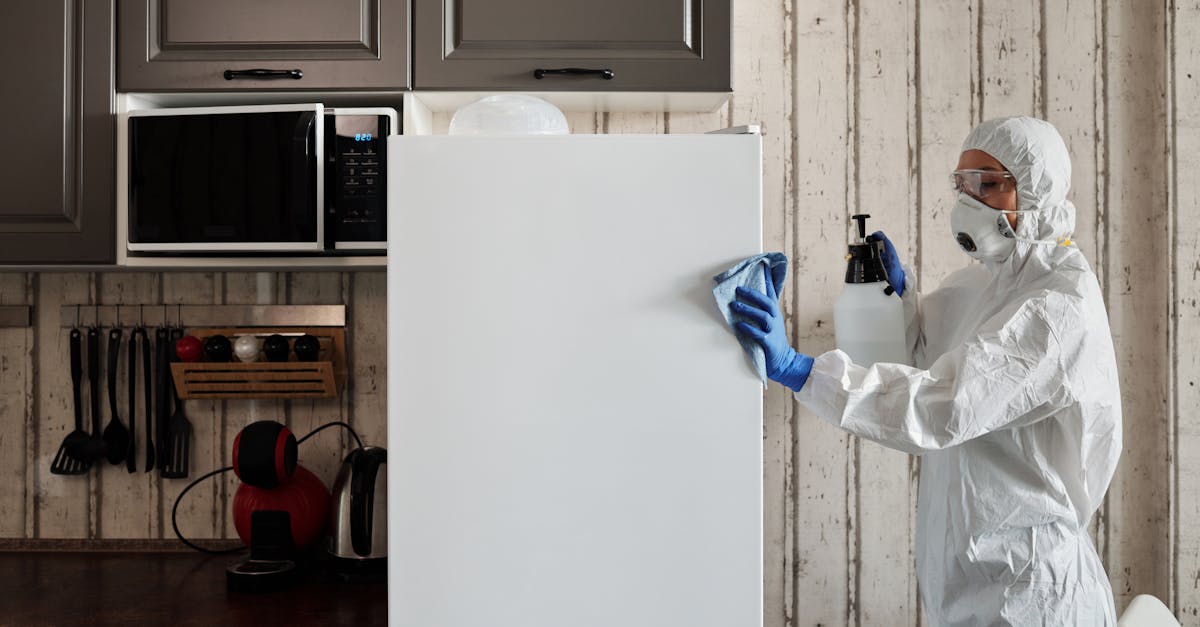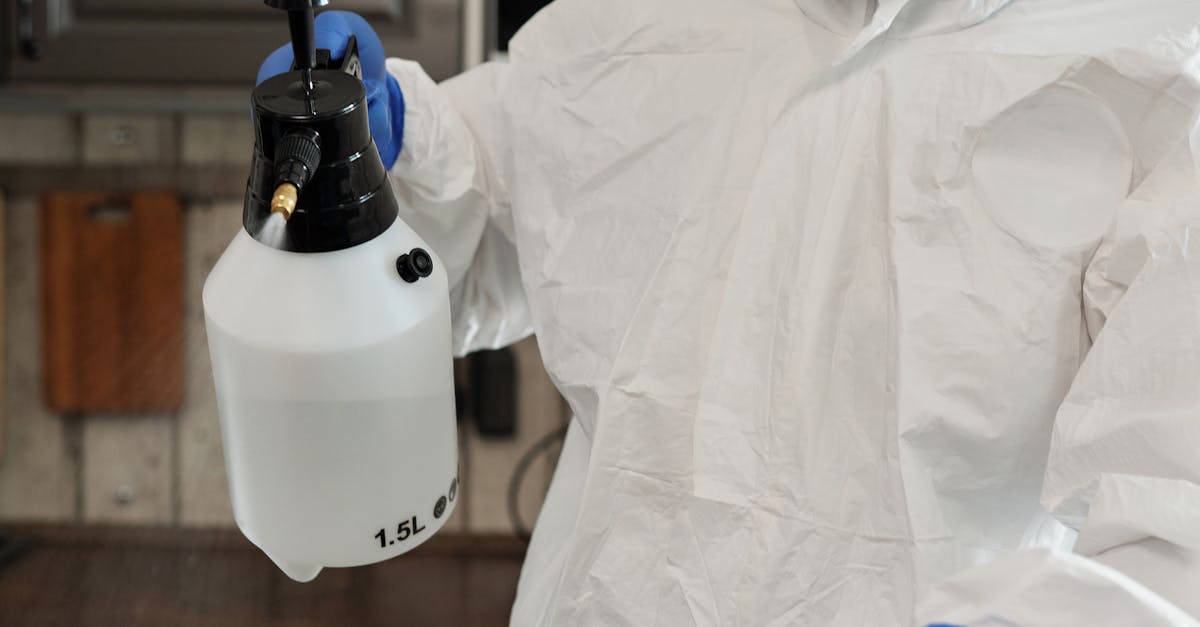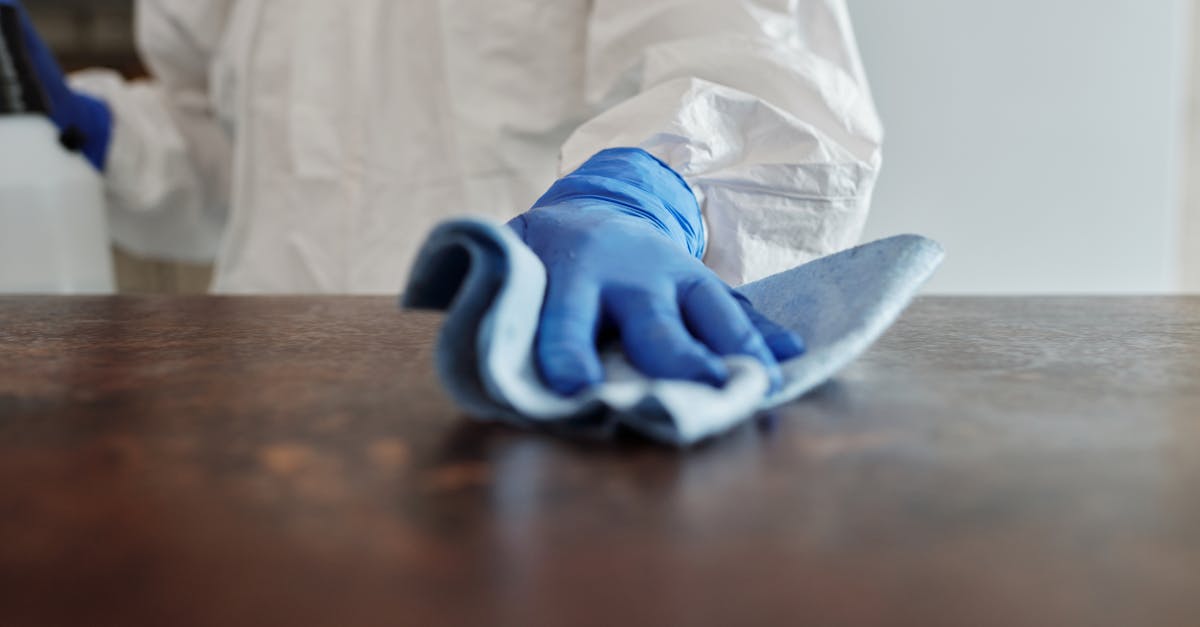
Table Of Contents
Regulations and Guidelines for Sanitization Compliance
Regulations and guidelines play a crucial role in ensuring that sanitization practices adhere to established standards. In the realm of disinfecting, it is imperative for businesses and individuals alike to follow these protocols meticulously to maintain a safe and hygienic environment. Various governmental bodies and health organizations provide detailed instructions on the proper methods for sanitizing surfaces, tools, and equipment. Compliance with these regulations not only safeguards against the spread of harmful pathogens but also fosters a culture of cleanliness and well-being in shared spaces.
Adherence to sanitization regulations is not merely a legal requirement but a fundamental aspect of promoting public health and safety. Organizations must keep abreast of the latest guidelines to effectively combat germs and viruses that pose risks to human health. By incorporating these measures into daily routines, individuals contribute to minimizing the transmission of illnesses in both personal and professional settings. Furthermore, proper adherence to sanitization protocols showcases a commitment to maintaining high standards of cleanliness and hygiene, which in turn cultivates an environment conducive to overall well-being.
Hop over here to discover more.
Ensuring Legal and Industry Standards
To ensure legal and industry standards are met in the realm of sanitization, organizations must adhere to regulations governing the use of disinfecting agents and the frequency of sanitation procedures. Compliance with these guidelines not only safeguards public health but also promotes organizational reputation in the market. Handling, storing, and applying disinfectants in accordance with regulatory stipulations is crucial for upholding the quality and efficacy of sanitization practices. Businesses that prioritize adherence to these standards demonstrate a commitment to maintaining a safe and hygienic environment for both employees and customers, fostering trust and loyalty within their respective industries.
Moreover, staying abreast of emerging trends and technological advancements in the field of sanitization is essential for organizations to enhance their compliance with legal and industry standards. Innovation in disinfecting methods and tools can significantly improve the efficiency and effectiveness of sanitization processes, ensuring that facilities are thoroughly cleaned and disinfected. By integrating cutting-edge technologies into their sanitization protocols, businesses can not only streamline their operations but also stay ahead of regulatory requirements, signaling their dedication to providing a safe and hygienic environment for all stakeholders involved.
Innovations in Sanitization Technology
Innovations in sanitization technology have seen significant advancements in recent years. Disinfecting surfaces and environments has become more efficient and effective with the development of new tools and methods. From UV-C light devices to electrostatic sprayers, these technologies offer quicker and more thorough ways to sanitize spaces, especially in high-traffic or high-risk areas.
Furthermore, the integration of smart technology has revolutionized the way we approach sanitization. Automated systems can now monitor and control sanitization processes in real-time, ensuring consistent and reliable results. These innovations not only save time and effort but also contribute to a safer and healthier environment for individuals and communities.
Automation and Advancements in Sanitization
Automation and advancements in sanitization have revolutionized the way we approach cleanliness and hygiene. With the escalating demand for efficient and thorough disinfecting processes, technology has stepped in to streamline these tasks. Robotics and automated systems now play a pivotal role in ensuring that spaces are properly disinfected, reducing the margin of error that may come with manual procedures. These innovative tools not only save time but also deliver a level of precision that is crucial in maintaining high standards of sanitization.
One of the notable advancements in sanitization technology is the integration of ultraviolet (UV) light for disinfecting purposes. UV light has shown remarkable effectiveness in eradicating a wide array of harmful pathogens, making it a valuable tool in sanitization efforts. From UV light-emitting robots in healthcare settings to handheld UV devices for personal use, these innovations illustrate the continuous progress in enhancing our sanitization practices. By incorporating such technological breakthroughs, we are moving towards a future where disinfecting processes are not only more efficient but also more thorough and effective.
Integrating Sanitization into Daily Routines
Integrating sanitization into daily routines serves as a critical step in maintaining a clean and healthy living environment. Disinfecting common touchpoints such as doorknobs, light switches, and countertops regularly can help in reducing the spread of harmful germs and bacteria within the household. By incorporating sanitization practices into our daily habits, we can create a safer space for ourselves and our loved ones.
Furthermore, establishing a routine for disinfecting high-touch areas in shared spaces like offices and gyms is essential for promoting overall well-being. Regularly cleaning and disinfecting surfaces such as shared equipment, tables, and chairs can significantly minimize the risk of contracting illnesses and enhance overall hygiene standards in communal settings. By making sanitization a part of our everyday routines, we contribute to a healthier environment for everyone.
Creating Healthy Habits for Sanitary Living
Creating healthy habits for sanitary living involves integrating regular cleaning and disinfecting into our daily routines. By making these practices a consistent part of our lifestyle, we can help minimize the spread of germs and bacteria in our living spaces. Disinfecting frequently touched surfaces such as doorknobs, light switches, and countertops can significantly reduce the risk of illness transmission, promoting a healthier environment for ourselves and our loved ones.
Additionally, incorporating habits like washing hands frequently, especially before eating or preparing food, and after using the bathroom, can further enhance our overall hygiene. Establishing a routine of proper hand hygiene is crucial in preventing the spread of pathogens and maintaining personal health. Moreover, ensuring that common areas in our homes are regularly cleaned and disinfected, along with practicing good respiratory hygiene, can contribute to a cleaner and safer living environment for everyone.
FAQS
What is sanitization?
Sanitization refers to the process of cleaning and disinfecting surfaces to reduce the number of microorganisms to a safe level.
Why is sanitization important?
Sanitization is crucial for maintaining a safe and healthy environment by preventing the spread of harmful bacteria, viruses, and other pathogens.
What are some common sanitization methods?
Common sanitization methods include using disinfectants, sanitizing wipes, UV light sanitation, and steam cleaning to kill germs and bacteria on surfaces.
How often should sanitization be performed?
Sanitization should be performed regularly, especially in high-traffic areas or places where there is a higher risk of contamination, such as kitchens, bathrooms, and medical facilities.
Can improper sanitization practices be harmful?
Yes, improper sanitization practices can lead to the spread of infectious diseases and pose health risks to individuals. It is essential to follow proper sanitization protocols to ensure a safe and hygienic environment.


